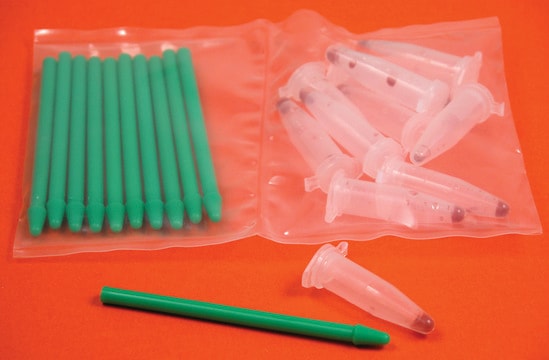D8938
KIMBLE Dounce tissue grinder set
2 mL complete
Sinônimo(s):
885300-0002, Dounce, Dounce Homogenizer, Glass Tissue Grinder, KIMBLE Tissue Grinder, KONTES, Pestles, Tissue Grinder, Tubes
About This Item
Produtos recomendados
Materiais
glass
Características
autoclavable
fabricante/nome comercial
Kimble® 885300-0002
espaço do pilão A
0.0030-0.0050 in.
espaço do pilão B
0.0005-0.0025 in.
volume de trabalho × C
2 mL × 60 mm
Procurando produtos similares? Visita Guia de comparação de produtos
Categorias relacionadas
Descrição geral
Características e benefícios
Informações legais
Certificados de análise (COA)
Busque Certificados de análise (COA) digitando o Número do Lote do produto. Os números de lote e remessa podem ser encontrados no rótulo de um produto após a palavra “Lot” ou “Batch”.
Já possui este produto?
Encontre a documentação dos produtos que você adquiriu recentemente na biblioteca de documentos.
Os clientes também visualizaram
Nossa equipe de cientistas tem experiência em todas as áreas de pesquisa, incluindo Life Sciences, ciência de materiais, síntese química, cromatografia, química analítica e muitas outras.
Entre em contato com a assistência técnica











